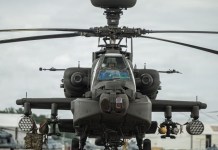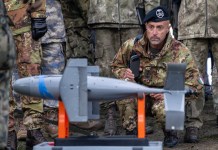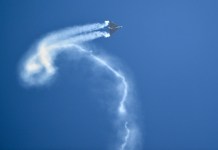China is rapidly acquiring new military technologies and weapons as it tries to dominate the Indo-Pacific region, especially the South China Sea which it considers as its backyard.
The J-16D electronic warfare aircraft (EWA) is one such platform that stood out at the recently concluded Zhuhai airshow and according to reports, PLA has deployed the electronic warfare aircraft near Taiwan.
The satellite image showing China’s airbases near eastern Taiwan was released by Canada-based Kanwa Defence Review and it shows a J-16D aircraft being stationed at an airbase in Jiangxi province, China.
Fearing Beijing will ride roughshod over its neighbors, countries around the disputed South China Sea and prominent world powers are joining hands in their attempt to contain the Asian giant. The proof of that is the recent pact between the US, UK and Australia called AUKUS, which has been constituted for the sole purpose of checking China’s regional ambitions.
What’s So Special About J-16D?
Modeled on the US Navy EF-18 Growler EWA, the J-16D is the first dedicated electronic warfare aircraft in the People’s Liberation Army-Air Force (PLAAF) which will be tasked with jamming and destroying enemy radars and communication networks.
This will enable strike aircraft to then destroy targets without fear of coming up against enemy air defense systems.
Though not much is known as to what kind of equipment is carried by the J-16D or whether it is as capable as the EF-18G is, but from the images available, it can be seen carrying electronic warfare pods under each wing and under each air intake. Also, there are pods with very prominent antennas visible on them on the wingtips.
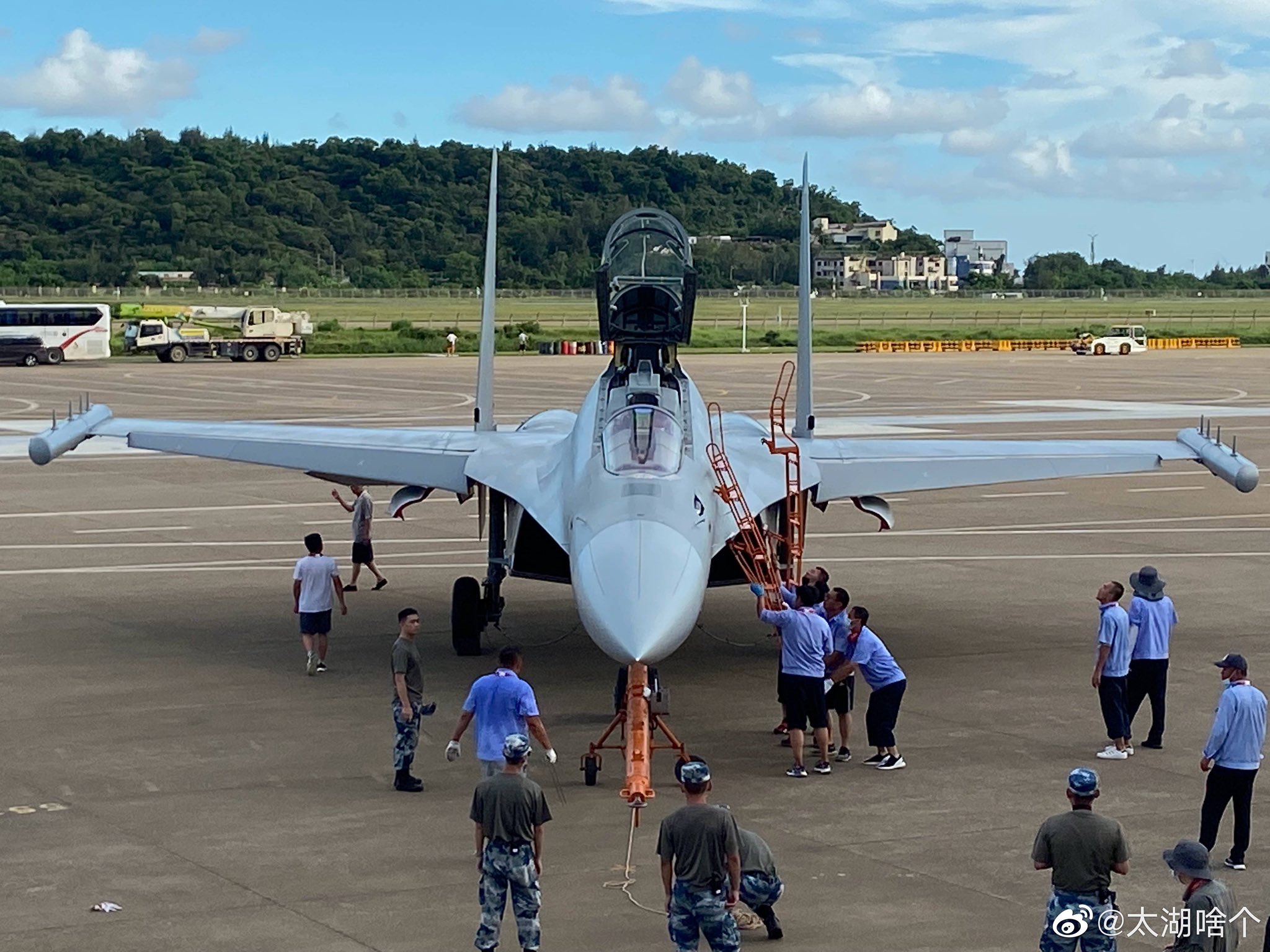
Compared to EF-18G and other Western electronic warfare platforms, which don’t have antennas sticking out, the ones on the J-16D’s wingtip pods point to the possibility that the Chinese still haven’t mastered the art of making their pods powerful enough without antennas on them.
The aircraft is believed to be carrying hi-tech electronics internally too. To handle and process so much data besides a powerful computer, there is a provision for a second crewman in the dedicated role of electronic warfare officer.
The primary armament of the aircraft will be anti-radiation missiles similar in capability to US’ AGM-88 HARM, which can home in on enemy’s radar signals to destroy it. For self-protection, air-to-air missiles can also be carried.
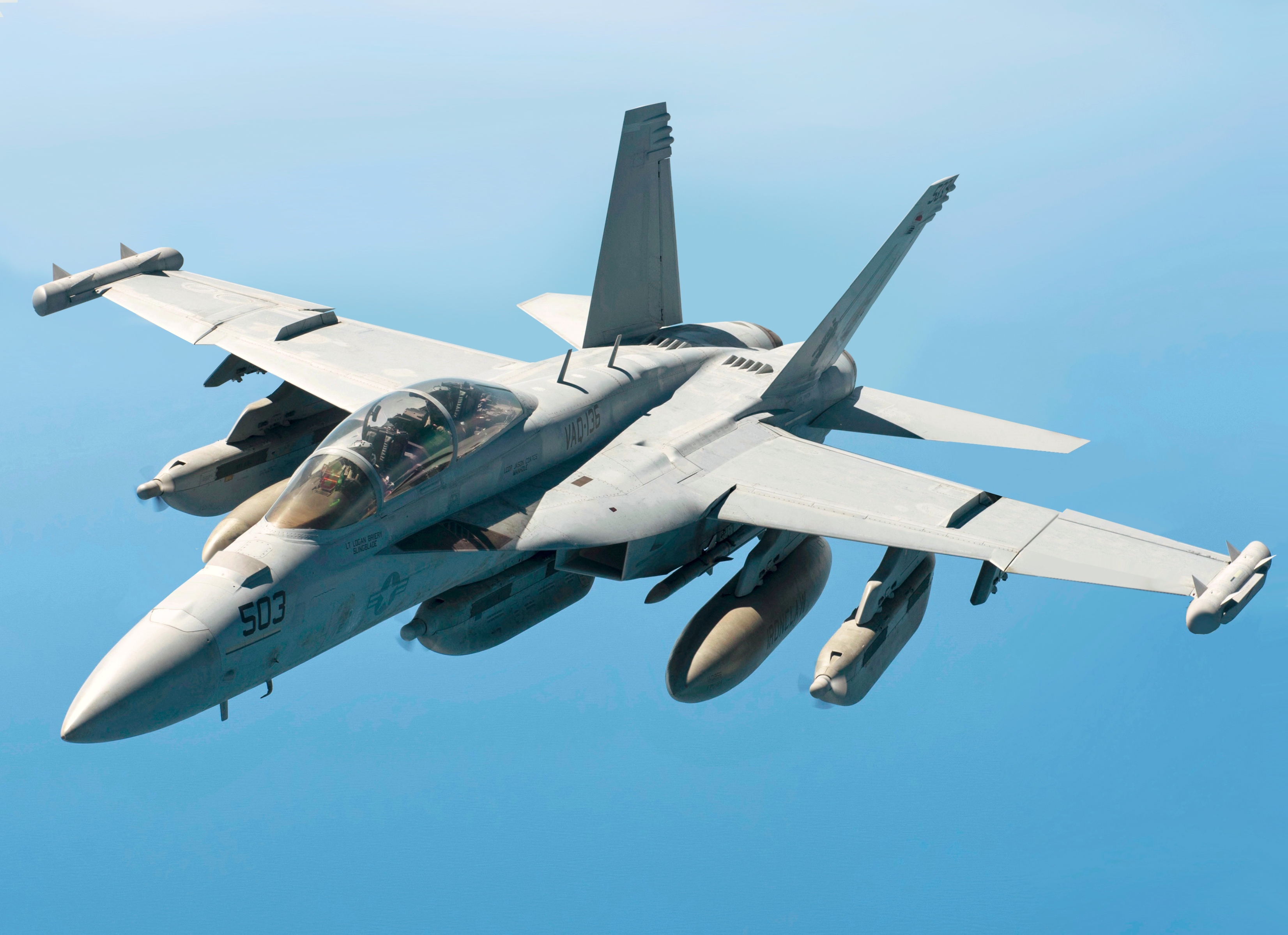
The J-16D has been derived from the J-16 combat aircraft, which was developed from the J-11, a Chinese copy of the Sukhoi Su-27/30. Unlike the J-16, the J-16D doesn’t carry the 30mm cannon and the infrared search and track system (IRST). Their removal was necessitated to make space for fitting electronics and other equipment.
Powering the aircraft are two locally manufactured Shenyang WS-10 turbofan engines.
J-16D Is Making Taiwan Wary?
J-16Ds have been spotted in satellite imagery deployed at airfields near the disputed island of Taiwan. In light of recent developments, this is significant because if China invades Taiwan, J-16D will be the first aircraft launched, tasked with jamming/destroying Taiwan’s air defense network.
China’s belligerence against Taiwan dramatically escalated in the past week which has not only alarmed the self-governing island but also its allies like the US, the UK, France, and others. Since last Friday more than 150 Chinese military aircraft entered Taiwan’s air defense identification zone (ADIZ).
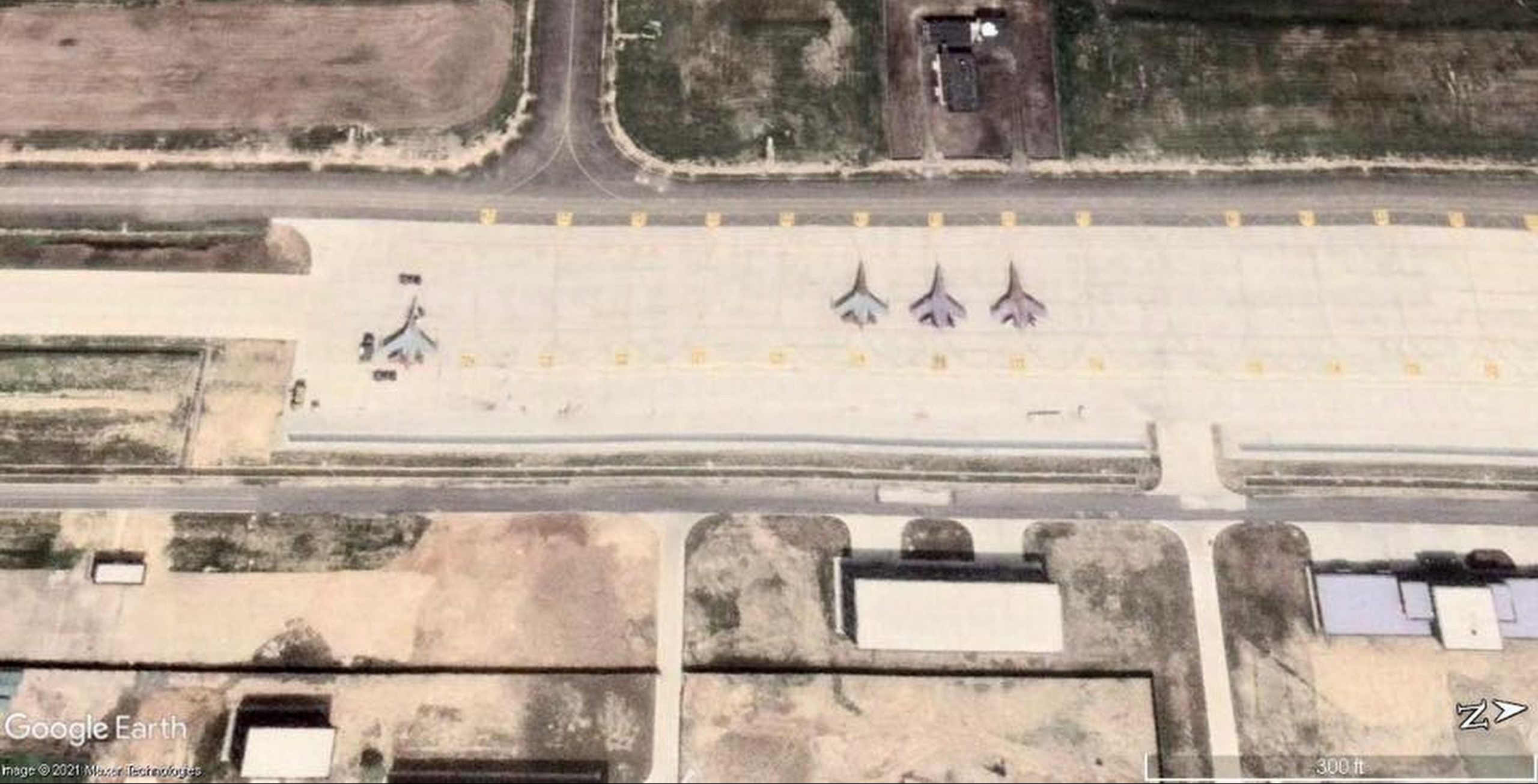
Taiwan though no match for China boasts a powerful and well-equipped military. The Chinese know this and they would certainly make sure they take down all air defense sensors and communication assets, which supply information to surface-to-air missile batteries and interceptors like the F-16 and Mirage 2000 before they unleash their full might.
Last Monday, 56 aircraft entered Taiwan’s ADIZ, the largest number in recent times.
“Tensions with China are at their worst in 40 years. China could mount an invasion by 2025,” said Chiu Kuo-cheng, Taiwan’s defense minister, adding that misfire could trigger conflict anytime.
J-16Ds May Be Deployed In Tibet Too
China will certainly deploy the J-16D in other theaters too, including against India in the Ladakh sector. This will give an edge to the PLAAF as Indian Air Force doesn’t have a dedicated platform mirroring the capabilities of the J-16D.
“We don’t have a similar capability. The Sukhoi Su-30 carries an advanced self-protection jamming pod which isn’t as capable as a dedicated EW aircraft like EF-18 or the J-16D,” a former IAF fighter pilot and Kargil veteran told The EurAsian Times, speaking on the condition of anonymity.
What keeps Indian defense planners awake at night is the threat of a two-front war in which China and Pakistan attack India simultaneously from east, west and, north.
In that scenario, PLAAF combat aircraft, including electronic warfare capable, can be based at Pakistan Air Force bases bordering India. In that scenario, J-16Ds can play a vital role, suppressing air defenses on the Indian side, aiding strike missions on vital installations.
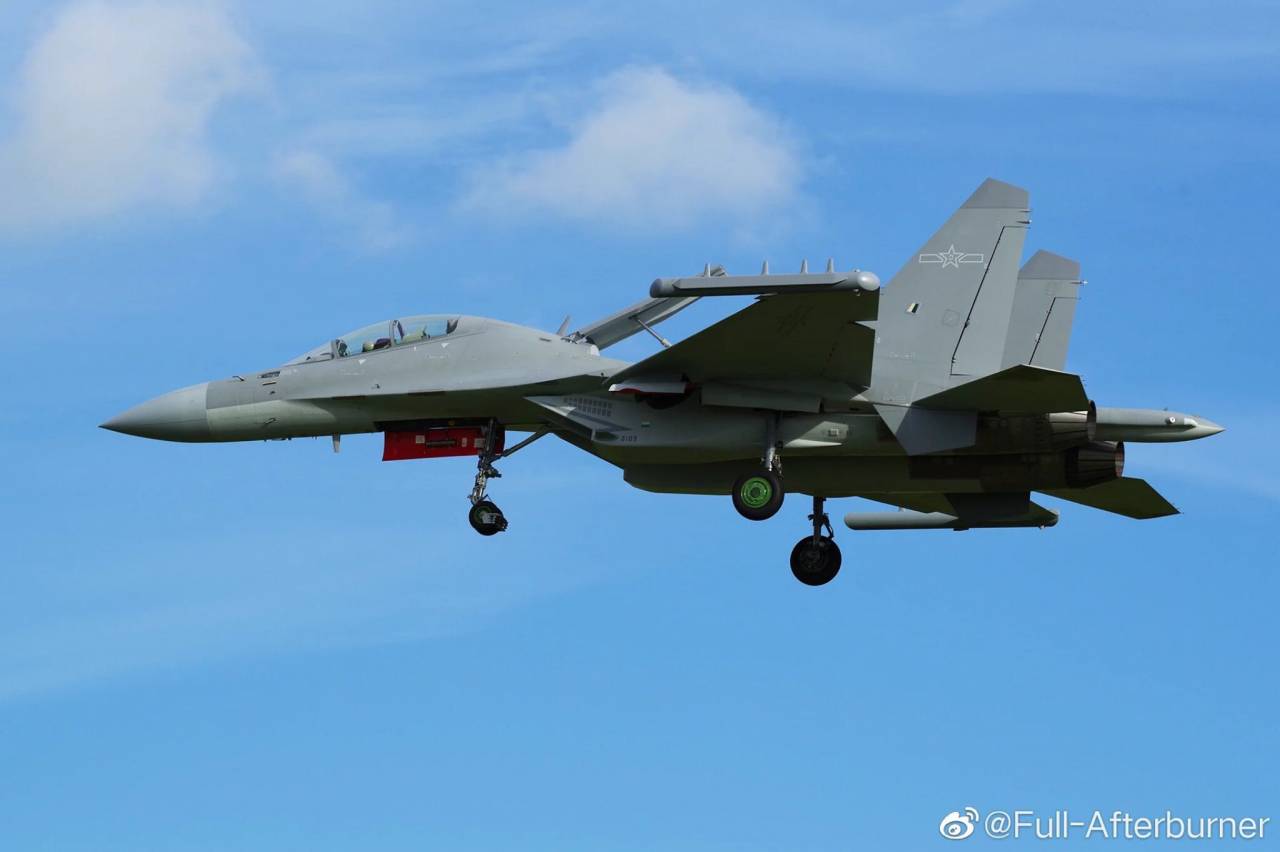
European countries and Russia also operate EW aircraft. Tornado ECR (electronic combat/reconnaissance) is operated by the air forces of Germany and Italy. It is a variant of the Tornado strike aircraft, tailor-made for suppression of enemy air defense (SEAD) role.
It entered service in 1990 and carries sensors which, can detect and jam hostile radar signals. The HARM missiles carried by aircraft can destroy enemy radars.
The main task of Russia’s Su-24MP is ELINT or electronic signals intelligence though it also carries equipment for radar jamming. The plane is a derivative of the Su-24 strike aircraft and entered service in 1983.
- Ramandeep Singh Bajwa is a senior defense journalist who has worked in both online and print media. He keenly follows the defense domain and has a special interest in combat aircraft. He can be reached at: bajwa.rs@gmail.com
- Follow EurAsian Times on Google News

